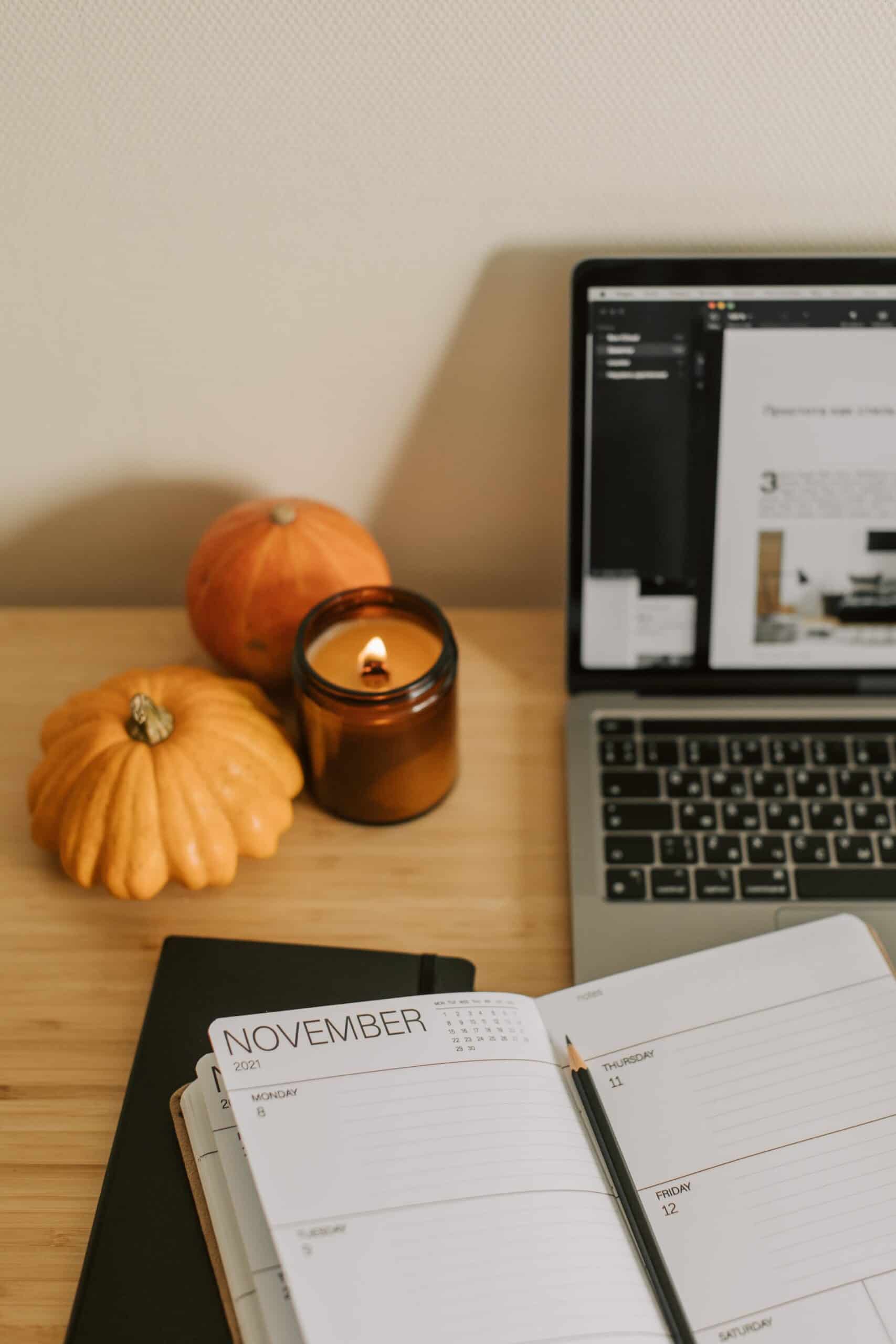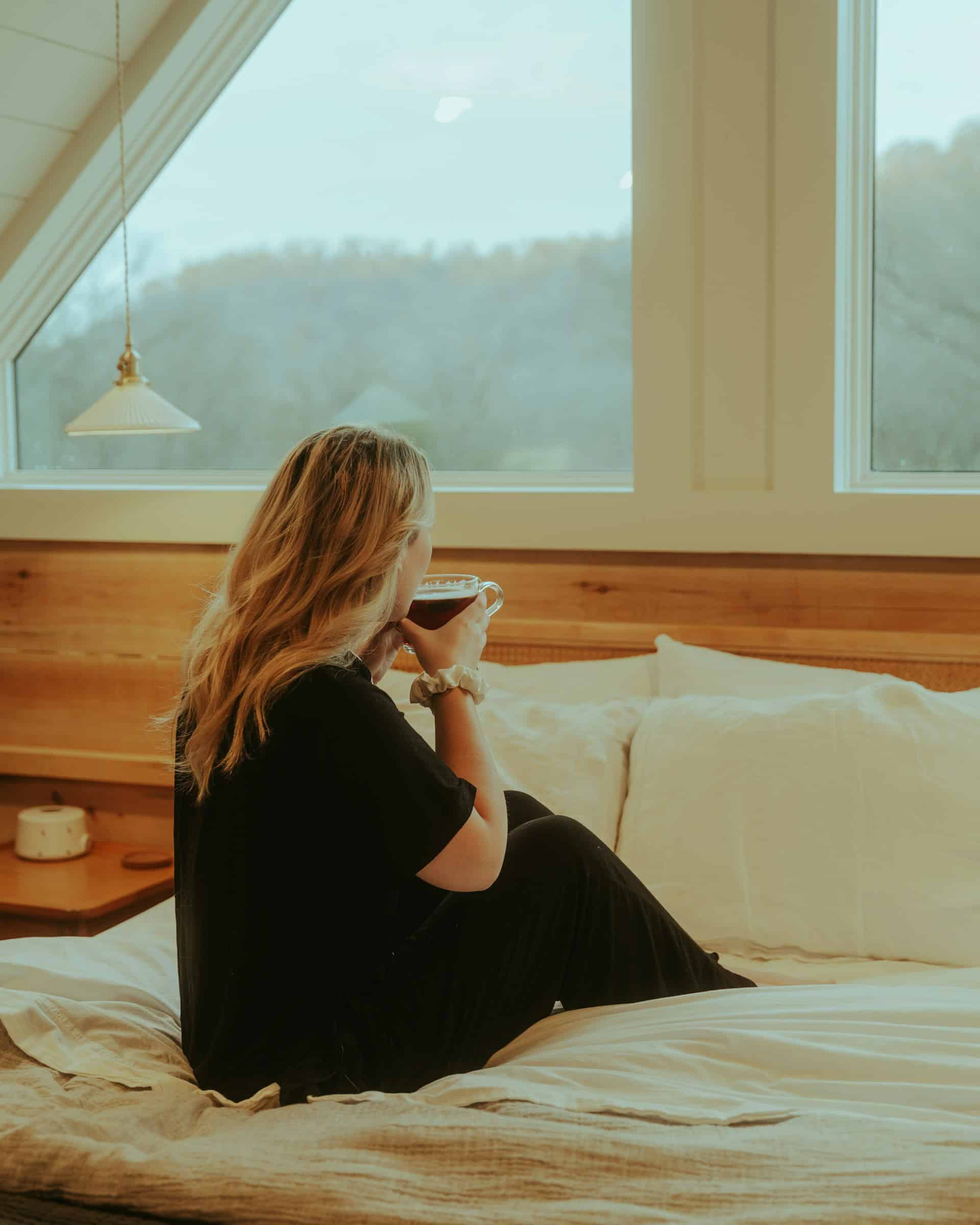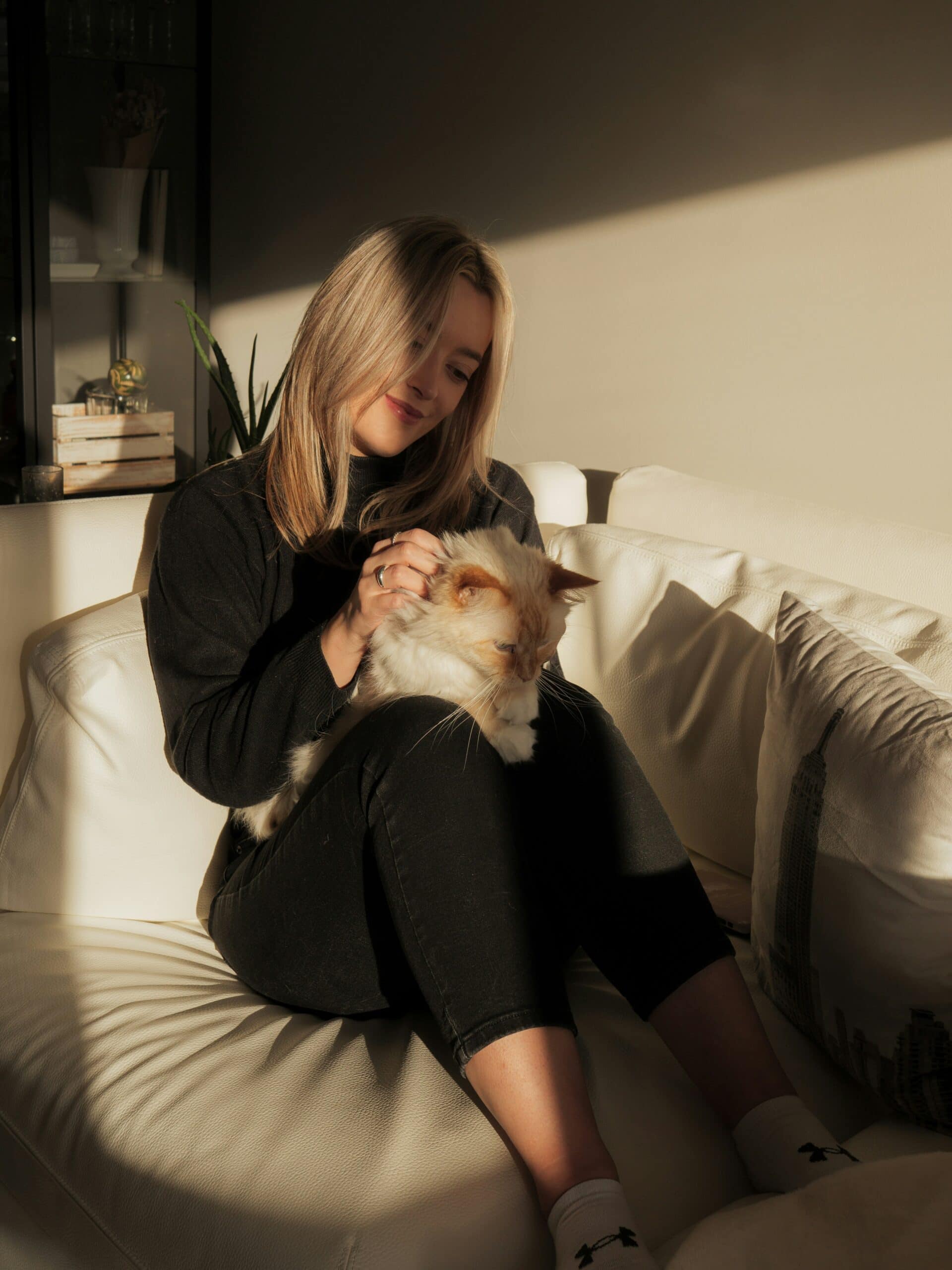I used to love the idea of a fall reset.
I got caught up in the whimsy of candles, calendars, and cozy routines. My brain loved the ideas of the works. But the execution? Chaos by week two.
I was doing a “fall reset.” But I wasn’t doing an ADHD fall reset.
I’ve learned first-hand that fall promises a fresh start, but if you’ve got ADHD, it feels like getting smacked with a 42-item Pinterest mood board and no instructions.
Less daylight? Yep. New routines everywhere? Absolutely.
And let’s not forget that creeping end-of-year urgency that screams: “Fix your life now or you’ll end the year with nothing to show.”
If fall already has you drained, these burnout fixes might help.
But fall resets don’t fail because we lack willpower. We don’t succeed at them because they ask us to change everything all at once.
Let’s do it differently. This guide is your ADHD-friendly fall reset: light on pressure, rich in comfort, and built to actually stick.
The ADHD Fall Reset: Routines That Actually Stick
Why Fall Is a Sneaky Time for ADHD Burnout
Last year, I bought three Notion templates in September. By October 3rd, they were already collecting digital dust in my account.
Fall looks dreamy on the outside. It’s apple picking, fresh starts, and new sweaters in our minds. But under the surface? It’s a lot.
- The days get darker, fast.
- Everyone shifts into high-gear productivity mode (the great lock-in, anyone?).
- Your calendar mysteriously fills itself with back-to-school energy, Halloween obligations, and early holiday prep.
You’re not being dramatic. Fall actually is overstimulating for ADHD brains.
ADHD burnout in the fall is scarily familiar.
Why? Because it’s a season of transition, and transitions require executive function — which, if we’re being honest, is already running on fumes.
You start the season excited to get your life together and end up doom-scrolling routines you’ll never start.
It’s not laziness. It’s good old-fashioned decision fatigue dressed in a cable-knit sweater.
The Core Problem With Most “Resets” for ADHD
Fun fact: most resets aren’t built for brains like ours.
They assume consistency. Motivation. Linear progress. Things that neurotypical people have in their sleep.
They don’t account for:
- Perfectionism paralysis
- The novelty crash two days later
- That sudden, existential meltdown in aisle 9 of Target because the throw blankets were too much
*And* resets come with invisible pressure. “If I can’t stick to this reset, I must be broken.”
Let’s shut that thought down, right now.
A 10-step system isn’t necessary. An adaptive rhythm for your ADHD-friendly routines is key.
Something small enough to start even when your brain is foggy, your energy is low, and your schedule is chaotic.
Resetting doesn’t have to mean starting over completely. It can simply mean shifting gently.
Build Your Reset Around Anchors, Not Aspirations
Forget “optimizing your mornings” or creating a life that runs like the aspirational Insta accounts in your feed.
We’re building anchor routines. Here, an anchor routine = a 5-minute sensory cue (light, sound, scent, touch) that tells your brain what’s next without requiring perfection..
Here’s the difference:
- Aspirational routines: 5 AM wake-ups, detailed habit trackers that you actually complete, flawless execution.
- Anchor routines: 5-minute rituals that tell your brain what’s happening next.
ADHD brains crave structure, but they need it to be flexible, sensory-based, and low-stakes.
Think:
- Lighting a candle before you log into work
- Putting on cozy socks as your “brain switch” from work to wind-down
- Hitting play on a short playlist that signals it’s time to start your morning
Think less ‘optimize my life’ and more ‘cue my brain to start.’
When I started using a simple scent-based anchor (lighting a specific cinnamon candle before writing), I was shocked. My brain began to associate that smell with “focus time.” No 40-minute ramp-up. No fight with my to-do list.
You can build anchors even in your evening routine.
Routines don’t need to be complicated to be effective. They need to begin.
Choose One Routine to Reset First (Then Stop)
This part is key. You don’t need to overhaul everything.
Pick one. One routine. The one that feels the least terrifying.
- Morning grounding
- After-work decompressing
- Evening shutdown
After you’ve made your choice, set out to overhaul *just* that area of your life.
Last fall, I tried to fix everything at once: morning, meals, email, workouts, skincare. I lasted three days. Which, in all honesty, is kinda impressive considering.
Then I scaled back to one: a 10-minute “end of work” tea ritual. Same mug. Same playlist. No phone.
It changed everything.
Why? Because it gave me a predictable, low-pressure way to transition. And with ADHD, transitions are half the battle.
Stacking routines can be efficient. You can even layer habits slowly through habit stacking.
But for ADHD brains, it sometimes just stacks the pressure.
Start with one. Let it work. Then maybe, maybe, add another.
Use Weekly Re-Entry Rituals to Stay Flexible
Resets aren’t just about starting. They’re about adjusting. And that’s where weekly rituals shine.
Each week, check in. No judgment. Just curiosity.
Ask yourself:
- What’s working? (Were you able to accomplish what you wanted? Do you feel calmer, happier, etc.?)
- What’s not? (Do you feel stressed, relaxed, anxious, etc.?)
- What feels doable this week? (What are some surefire wins? What would improve your week?)
This takes 10 minutes. You can add it to your weekly planning routine. You can also do it with a sticky note and a warm drink.
This is your “mini fall reset” every week.
I like to do mine on Sunday night, usually while procrastinating folding laundry. I dim the lights, review my calendar, and pick one anchor to tweak. That’s it.
A weekly Sunday reset makes recalibrating feel doable.
You’re not restarting. You’re recalibrating.
It makes *all* the difference.
ADHD-Friendly Fall Routine Ideas (Try These First)
Not sure what to start with? Here’s a menu of grounding, cozy ADHD reset routines designed to work with your brain—not against it.
Try one of these (not all!):
- 10-minute hot drink wind-down: Brew something warm. Sip slowly. No scrolling.
- Light therapy + journaling: Let a sunlamp wake you while you brain dump.
- Commute decompression walk: Short walk + favorite podcast. Clear the static.
- 15-minute clutter reset: Pick one space (desk, bag, entryway). Tidy only that.
- Fall dopamine playlist: Make a 15-minute playlist you only use during resets. Pavlov your way to progress.
You don’t need to do these perfectly. You don’t even need to do them daily.
Just choose one that feels light, doable, and maybe even a little delightful.
Fall isn’t a sprint. It’s a season. Let it unfold.
The Takeaway: You’re Doing Enough
You don’t have to reinvent yourself to feel grounded this fall.
I’ve found through years of trial and error that reinvention can be a lot (too much in fact).
I’ve also learned that you just need one small thing in your ADHD fall reset that helps you feel a little more like you. Anchor to it. Let it hold you steady.
Pair this fall reset with mindset shifts that keep you grounded.
Rest when you need to. Tweak as you go. And know this: fall routines for ADHD don’t have to be perfect to be powerful.
You’re not failing. You’re just resetting, gently.
And that’s more than enough.

Fall vibes? Great. Fall follow-through? Slightly less aesthetic.
Real-Life
Work in Progress.
Founder. Writer.
Roxy is the creator of The Everyday Flourish, a relatable personal growth blog for women who are tired of burnout, chaos, and hustle culture.
A recovering overthinker and unofficial life guinea pig, she shares honest self-care strategies, ADHD-friendly productivity tips, and mindset shifts that actually feel doable.
Around here, personal growth comes with grace, not pressure - and a lot fewer to-do lists.





